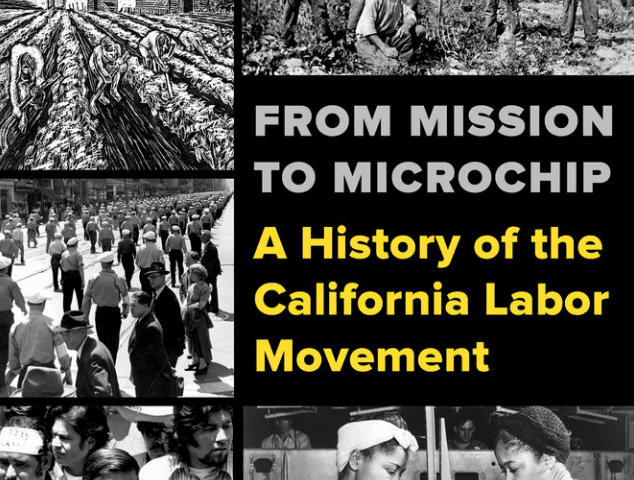
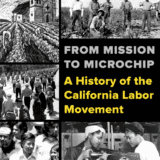
“My impulse was to bring history up to the present,” says Fred Glass about his new book, From Mission to Microchip: A History of the California Labor Movement.


Talking Points Memo recently launched a series called The Hidden History of the Privatization of Everything, focusing on what TPM calls “one of the most significant and pervasive politico-economic trends in the United States in the last half century.”


As the free market fairy tale goes, innovative charter schools force neighborhood schools to improve education, while schools that can’t compete eventually close. Parents are “customers” that need more “school choice,” and when a school fails, students simply find another.
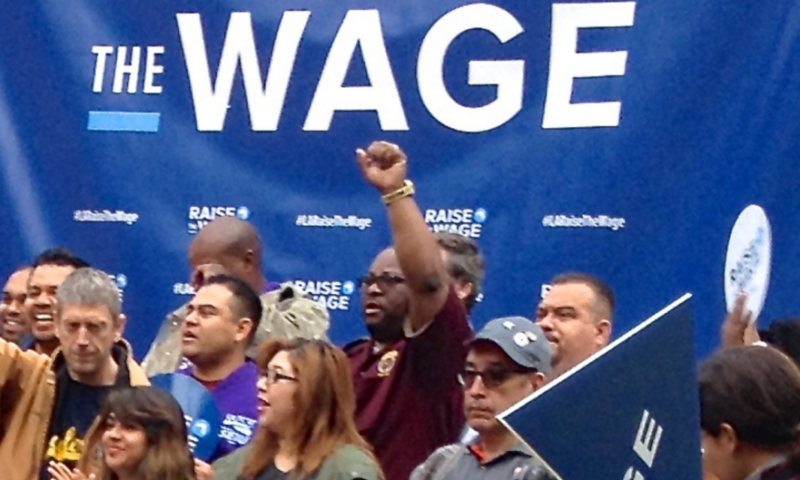
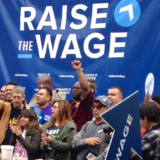
At a time when the income chasm between California’s wealthiest and poorest residents continues to be one of the widest in the nation, 2016 might become a watershed year in California’s ongoing struggle to achieve income equity for the state’s nearly 4.8 million low-wage households.


Co-published by The Guardian.
Precariousness is not just a working-class thing. In recent interviews, dozens of academics and schoolteachers, administrators, librarians, journalists and even coders have told me they too are falling prey to an unstable new America. I’ve started to think of this just-scraping-by group as the Middle Precariat.


Last month millions of undocumented immigrants were left in legal limbo when a divided U.S. Supreme Court let stand a lower court ruling that had blocked President Barack Obama’s executive action on immigration.


Some reviewers have criticized the movie as another in a long line of “White Savior” films that feature a white protagonist who “leads” African Americans to freedom, or otherwise provides the wherewithal for them to fight their oppressors.


Of all industrialized countries in the world, we’re the only one that doesn’t guarantee full-time employees a paid break.


Eight years ago the world changed. The financial crisis kicked off a recession that left deep scars on the U.S. economy, including making it tougher for many cities and counties to pay for basic public goods like infrastructure and emergency services.
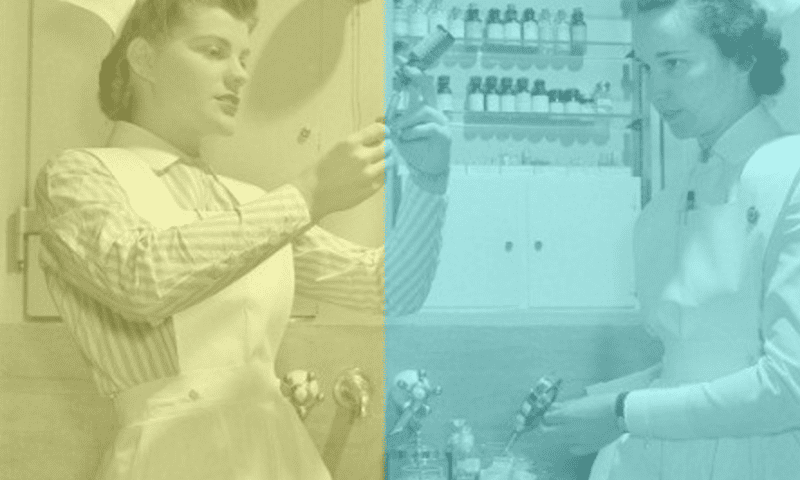
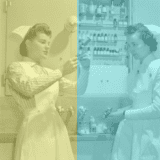
According to a 2014 study published in Nursing Outlook, nurse practitioners are significantly more likely than primary care physicians to “practice in urban and rural areas, provide care in a wider range of community settings and treat Medicaid recipients and other vulnerable populations.”